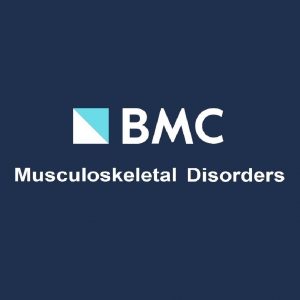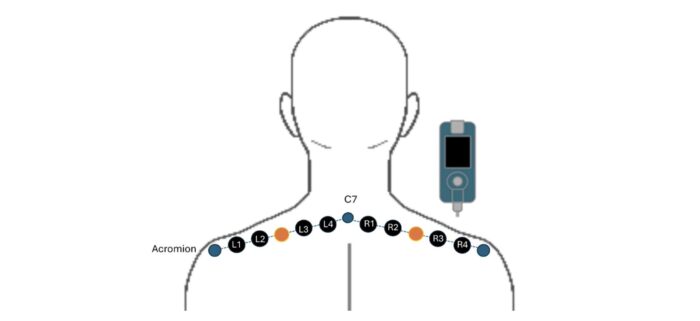Publications

Upper trapezius muscle stiffness among musicians with and without playing-related musculoskeletal disorders: a cross-sectional study
Authors: Cinzia Cruder 1, 2, Pia Schonhofer 3, 4, Alessandro Schneebeli 1, Stefano Vercelli 1, Marco Barbero 1
Affiliations:
- Rehabilitation Research Laboratory 2rLab, Department of Business Economics, Health and Social Care, University of Applied Sciences and Arts of Southern Switzerland, Manno, Switzerland
- Research & Development Division, University School of Music of the Conservatory of Southern Switzerland, Lugano, Switzerland
- Department of Physiotherapy and Rehabilitation, Winterthur Canton Hospital, Winterthur, Switzerland
- School of Health Sciences, Institute of Physiotherapy, Zurich University of Applied Sciences, Winterthur, Switzerland
Journal: BMC Musculoskeletal Disorders - September 2025, Volume 26, Article no.870 (DOI: 10.1186/s12891-025-09057-1)
-
Field & Applications:
- Medical
- Occupational Healthcare
- Musculoskeletal disorder
- Given its ease of use, portability, and non-invasive nature, the MyotonPRO device may represent a promising tool for assessing muscle stiffness and developing individual stiffness profiles in musicians.
Background: Increased muscle stiffness (MS) in the upper trapezius (UT) has been shown to be correlated with pain in some populations, but knowledge regarding altered MS in musicians affected by playing-related musculoskeletal disorders (PRMDs) remains limited. The primary aim of this study was to investigate whether MS is altered in musicians with PRMDs. A further aim was to explore the associations between MS and musicians’ features.
Methods: A total of 60 musicians from the Conservatory of Southern Switzerland and the Orchestra della Svizzera italiana participated in the study. The assessment procedure included a self-report questionnaire on background and lifestyle, practice habits, PRMD characteristics (i.e., presence, intensity, location, and extent), physical activity and perceived health, along with a bilateral evaluation of MS in the UT using the MyotonPRO (Muomeetria, Tallinn, Estonia).
Results: Of the 60 participants, 28 musicians (47%) reported ongoing PRMDs, with higher pain prevalence in the UT, especially on the left side. MS in the UT did not differ significantly between musicians with and without PRMDs. However, significant differences were observed in preparatory exercises (z = -2.1, p < 0.05) and rest breaks during practice sessions (z = -2.8, p < 0.01). Furthermore, positive correlations were identified between MS and perceived effort (p = 0.6, p < 0.01), playing-related disability (p = 0.5, p < 0.01), and physical activity level (p = 0.4, p < 0.01). Conversely, a negative correlation was found between MS and the physical component of perceived health (p = -0.7; p < 0.01).
Conclusions: Although no statistically significant difference was found in MS between the PRMD and non-PRMD groups, significant associations between MS and musician-related features were detected. Future research should prioritise collaborative longitudinal studies between musical and scientific communities, with the aim of monitoring musicians over time and developing a deeper understanding of the relationships between specific musical practices, individual characteristics, and MS.

Figure 1. Measurement points for the assessment of MS. For a standardised marking of the measurement points, a self-produced template was used on the calculated mid-point (orange) of the upper trapezius muscle that was calculated between the spinous process of the seventh cervical vertebra (C7) and the most lateral aspect of the acromion. Four measurement points were bilaterally centred around the mid-point, each 2 cm apart.
Keywords: myotonometer, pain, professional musicians, music students
Overall, the results suggest that MS was not directly associated with PRMDs but was significantly influenced by perceived effort, preparatory exercises, breaks, and physical activity levels, as well as playing-related disability and the physical component of perceived health. Since this study was the first to evaluate MS among musicians with and without PRMDs, further research should integrate biomechanical parameters to better understand the development of PRMDs in different instrumental groups. Future research should explore the longitudinal effects of these interventions and investigate the mechanisms underlying the observed relationships, contributing to a more comprehensive understanding of MS and its determinants.


